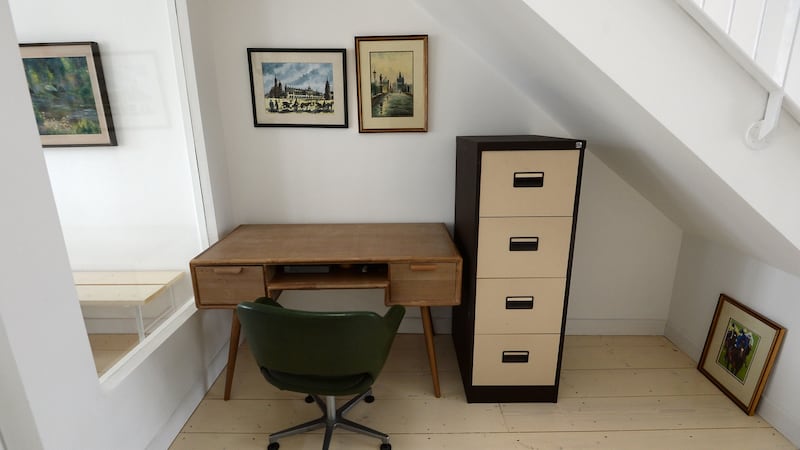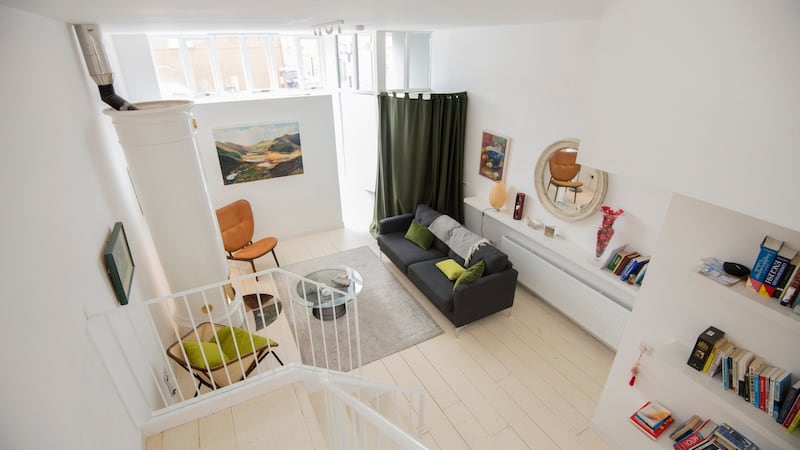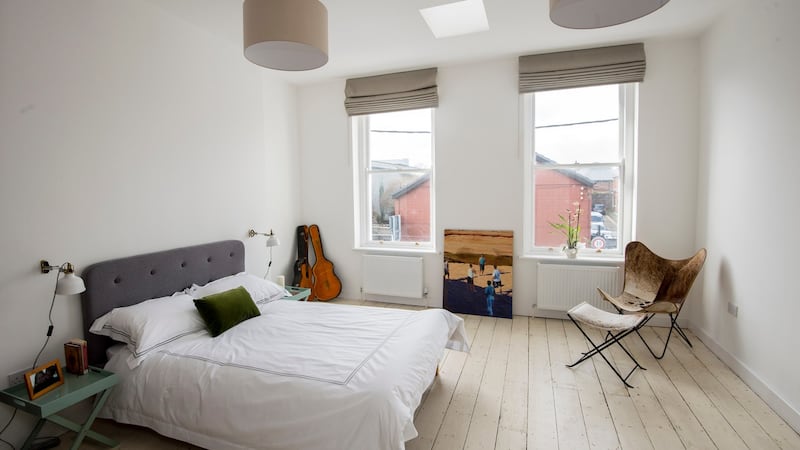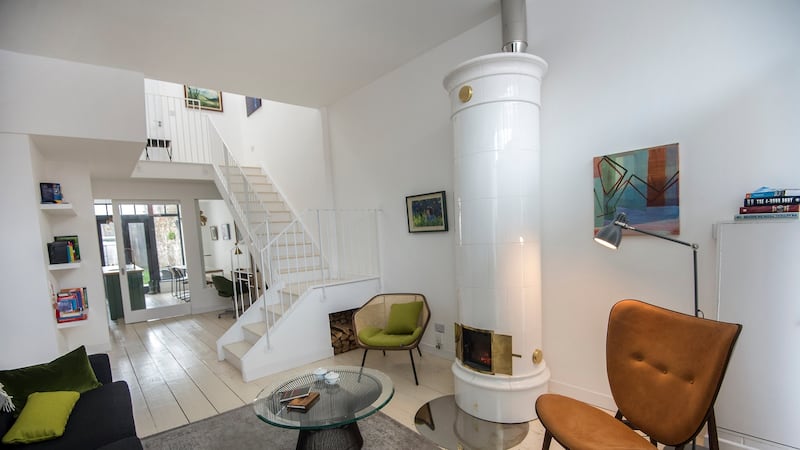It could be a sensible part of the solution to bring the housing crisis to heel; and yet, despite the number of vacant shops and retail units that proliferate in towns and villages around the country, converting them into homes still bears a risk.
It’s something interior designer Gillian Sherrard is keenly aware of. “The planners created Carrickmines and Dundrum, but they’ve completely turned their backs on towns like Dún Laoghaire,” she says.
So, when a friend asked her for advice last year on buying a house in south Dublin, she suggested an old retail unit in the town. “I thought if it was me, I’d buy this property, which was a shop, and convert it to residential because of its location – you can walk to the pier, it’s got all the shops around, and it’s a lovely place to grow old, with lots of people around you,” she says.

And the sums seemed to stack up too. Looking at small houses in the area in the region of €400,000, the home mover could acquire an old design shop on York Road for €295,000, and have money left over to convert it. Whether the shop on York Road could ever be lived in had to be determined by securing planning. "It was a risk, a big risk him buying it," recalls Sherrard.
Planning
Unfortunately Dún Laoghaire falls outside the designated Living City Initiative area of Dublin which incentivises people to convert commercial premises to residential use through tax breaks. Beyond these areas, councils can sometimes have an aversion to changing the use of streets from their original retail purpose to homes.
One possible reason is the loss in rates, while another is the wider positive impact retail units can have on towns. So, to help their case, Sherrard photographed each vacant shop unit around the town excluding the shopping centre. In all she captured 46 units no longer serving any purpose. She submitted the images along with the planning application, hopeful that planners would recognise the need to fill them, and bring life back into the town.
However, at a pre-planning meeting, they were told that the preference was for retail on the bottom, with an apartment on top, a sort of living over the shop arrangement. But finding a retail tenant would be no easy task, given the number of vacant units proliferating in the town.
Sherrard raised the issue with local councillors and, in the end, her friend succeeded in his quest to secure the requisite permission to convert the use of the unit to residential.
“People shouldn’t be scared of planning; there are always ways around it,” she says, adding, “One of the questions they ask is how long has the unit been vacant for; if it has been vacant for more than three years, you have a better case”.
Shop front
Once they got the go-ahead, key to the project was keeping the original shop front, with its large window, in line with planning requirements. But rather than frosting it out, Sherrard opted to put in a small partition wall, which doesn’t go all the way to the ceiling. This has the dual purpose of offering privacy for the residents of the property, without blocking any light, while also creating the effect of an art gallery.

So far this has been one of the most positive aspects of the conversion, with the owner receiving a handful of letters in his letterbox thanking him for bringing “art into the community”.
The work of local artist Mary O’Connor is currently on display, but Sherrard says they will probably change the artist every six months or so.
Elsewhere, the conversion was “very straightforward”, and while the budget was “tight” they still succeeded in getting two bedrooms into the property, with one en suite. In fact, three bedrooms would also have been possible, as the planners were also agreeable to adding another storey to the property.

“It’s doable. Sometimes you have to be really creative when you have a tiny budget,” she says.
Inside, a giant old-fashioned Danish stove offers warmth and a little dash of “hygge” in the living room, while the walls are painted white everywhere to enhance the light.

Novel approach
Taking a novel approach to the kitchen, Sherrard got the craftsman who was laying the skirting board to create doors for the kitchen. These were then painted and finished off with handles from Inhouse – the same handles that are used on units in the Hermes shop in Brown Thomas. The builder made up the tap on site for an industrial look, while the dining table is custom made from the same Formica used for the worktops. The splashback is mirrored to create the illusion of space.

To the rear they managed to recover an urban garden from the old cement yard, with a vegetable plot and greenhouse.
While it’s close to the town, there is a resident’s parking permit, and although a downside is the noise, they’ve sought to diminish this with good quality double glazing.
“I would encourage other people to think about this. It’s an outrage that we’re not using these empty spaces,” Sherrard says, although she concedes that the challenge in these conversions is the difficulty, for the average person, of seeing the opportunities hidden in these old shops.
As for her friend, the project has more than paid off, both personally and financially. In total, the cost of the conversion came to about €125,000, and they’ve just had the property valued for €520,000.













